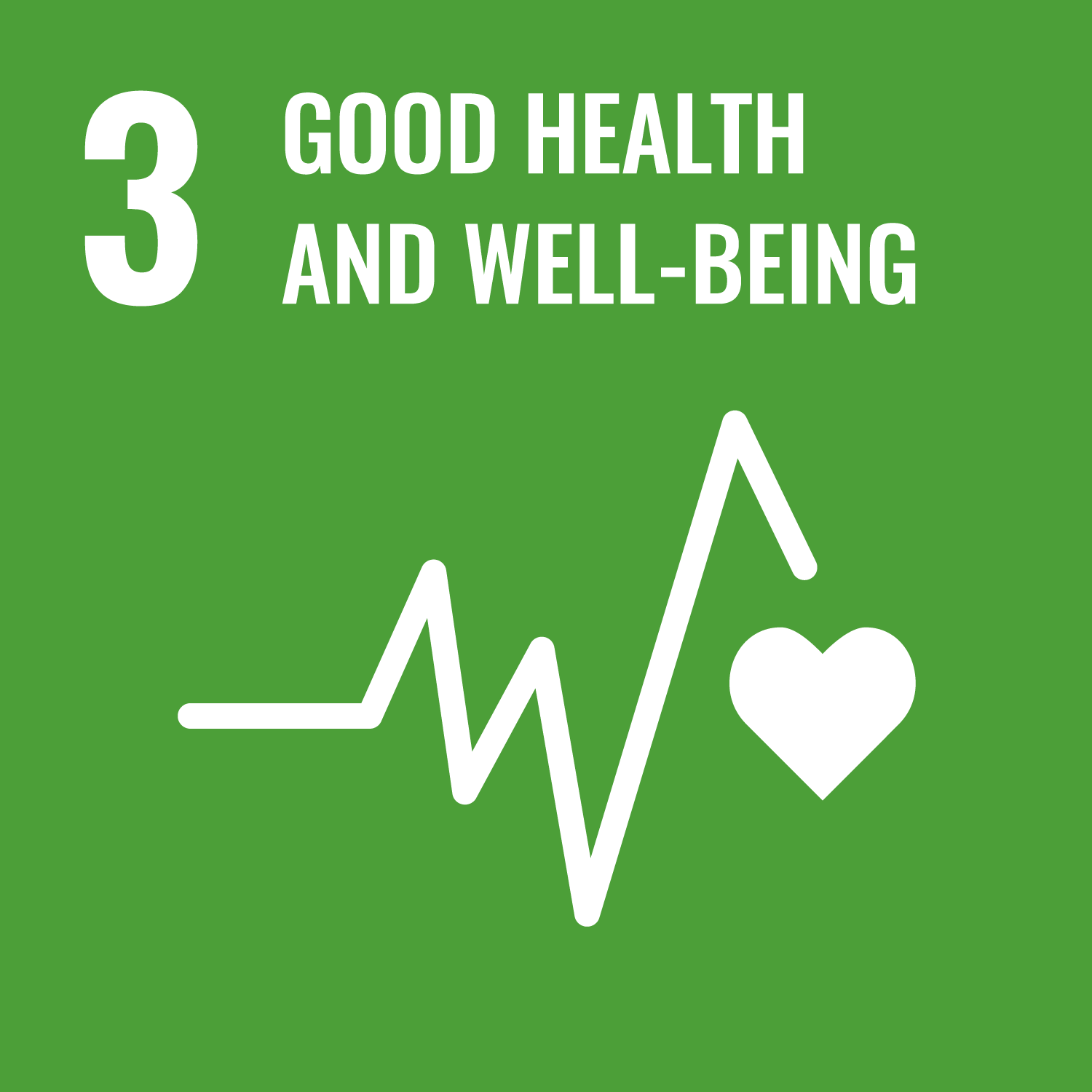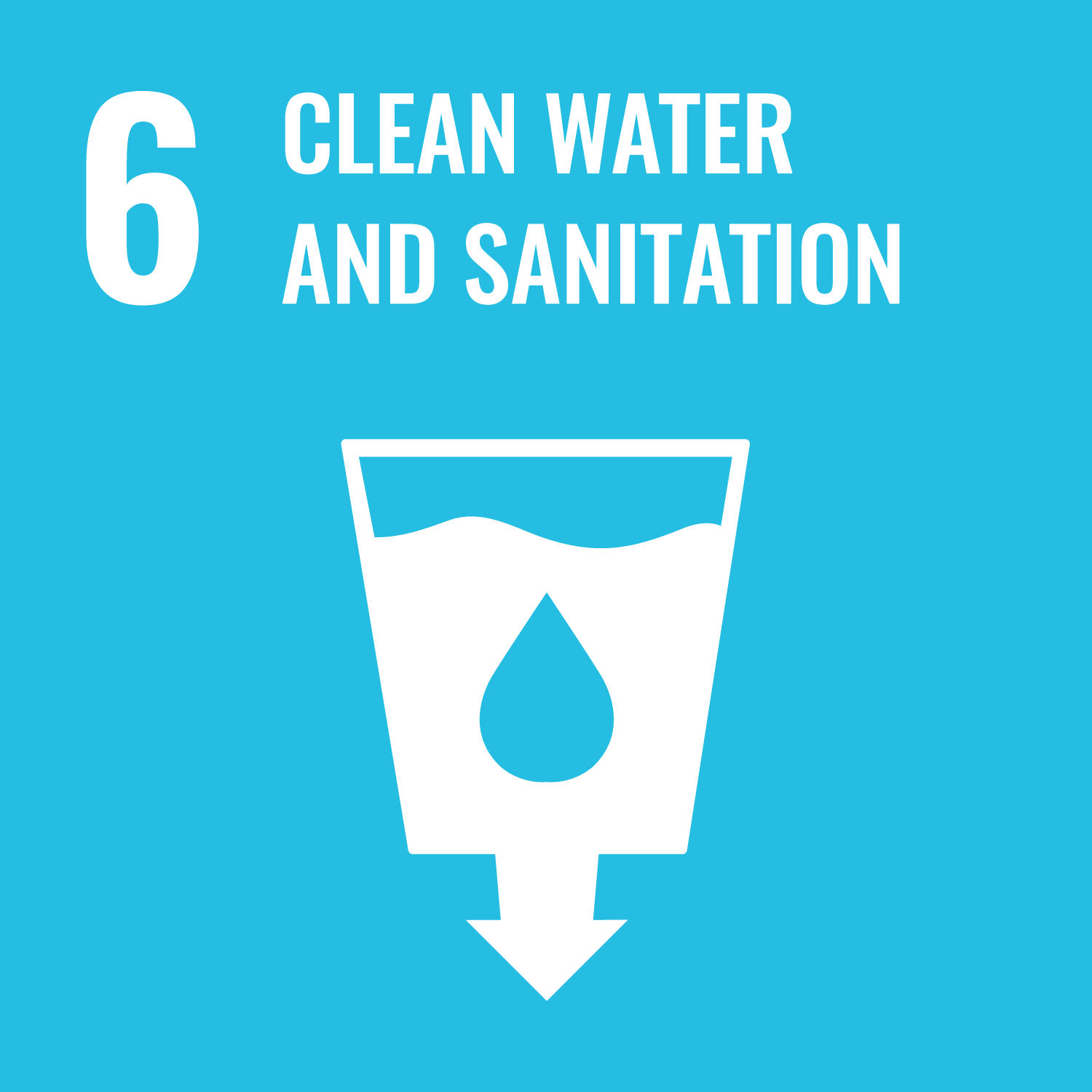Abstract
© 2017 Elsevier B.V. Increasing pressures on natural resources has led to the adoption of water quality standards to protect ecological and human health. Lakes and reservoirs are particularly vulnerable to pressure on water quality owing to long residence times compared with rivers. This has raised the question of how to determine and to quantify the sources of priority chemicals (e.g. nutrients, persistent organic pollutants and metals) so that suitable measures can be taken to address failures to comply with regulatory standards. Contaminants enter lakes waters from a range of diffuse and point sources. Decision support tools and models are essential to assess the relative magnitudes of these sources and t o estimate the impacts of any programmes of measures. This paper describes the development and testing of the Source Apportionment Geographical Information System (SAGIS) for future management of 763 lakes in England and Wales. The model uses readily available national data sets to estimate contributions of a number of key chemicals including nutrients (nitrogen and phosphorus), metals (copper, zinc, cadmium, lead, mercury and nickel) and organic chemicals (Polynuclear Aromatic Hydrocarbons) from multiple sector sources. Lake-specific sources are included (groundbait from angling and bird faeces) and hydrology associated with pumped inputs and abstraction. Validation data confirms the efficacy of the model to successfully predicted seasonal patterns of all types of contaminant concentrations under a number of hydrological scenarios. Such a tool has not been available on a national scale previously for such a wide range of chemicals and is currently being used to assist with future river basin planning.
DOI Link
Publication Date
2018-05-01
Publication Title
Science of the Total Environment
ISSN
0048-9697
Acceptance Date
2017-11-27
Embargo Period
2018-12-13
First Page
96
Last Page
105
Recommended Citation
Comber, S., Smith, R., Daldorph, P., Gardner, M., Constantino, C., & Ellor, B. (2018) 'Development of a chemical source apportionment decision support framework for lake catchment management', Science of the Total Environment, , pp. 96-105. Available at: 10.1016/j.scitotenv.2017.11.313



